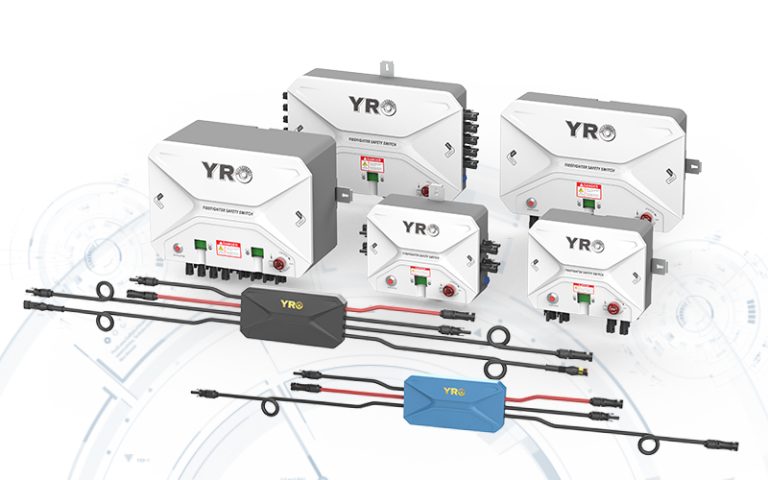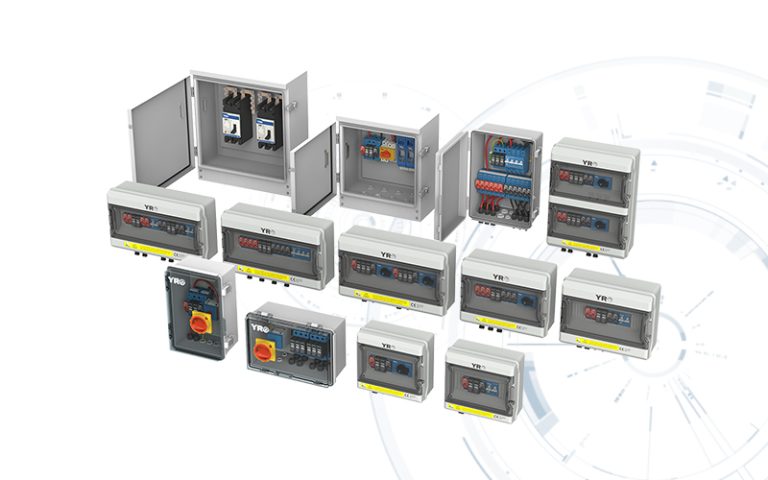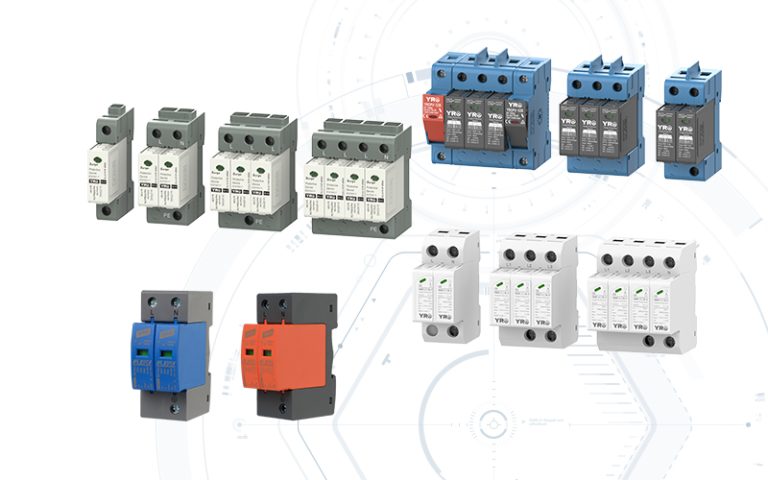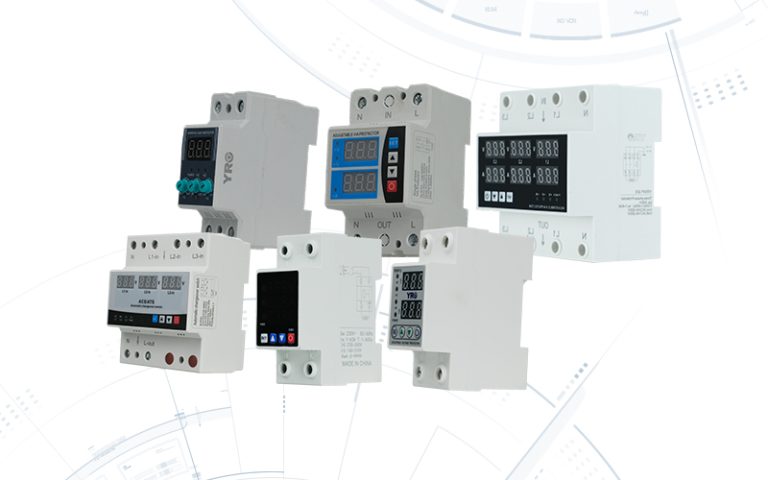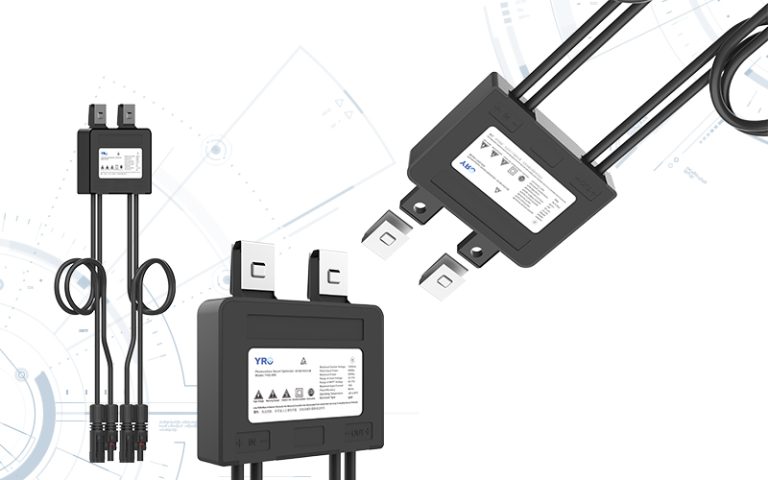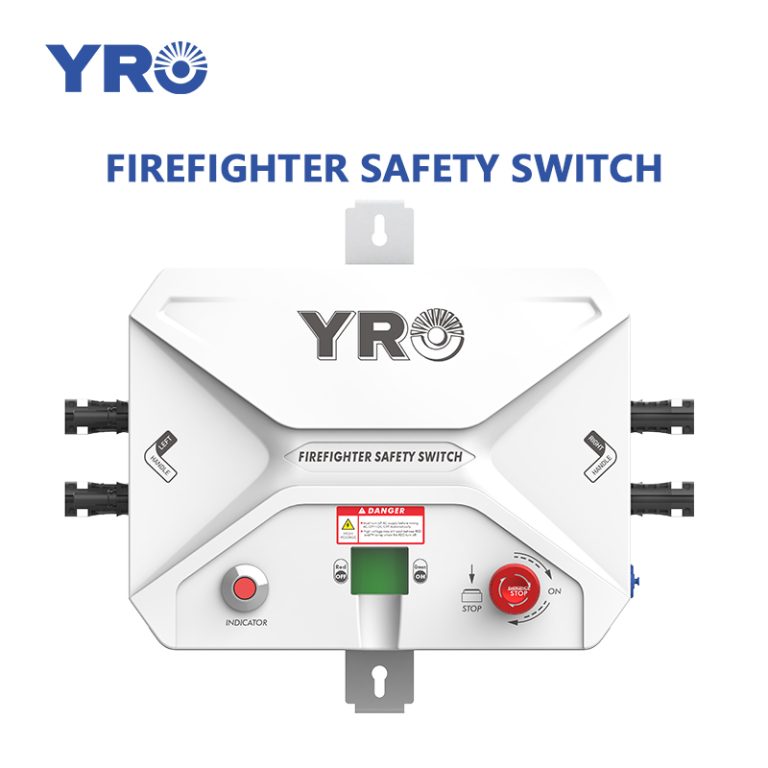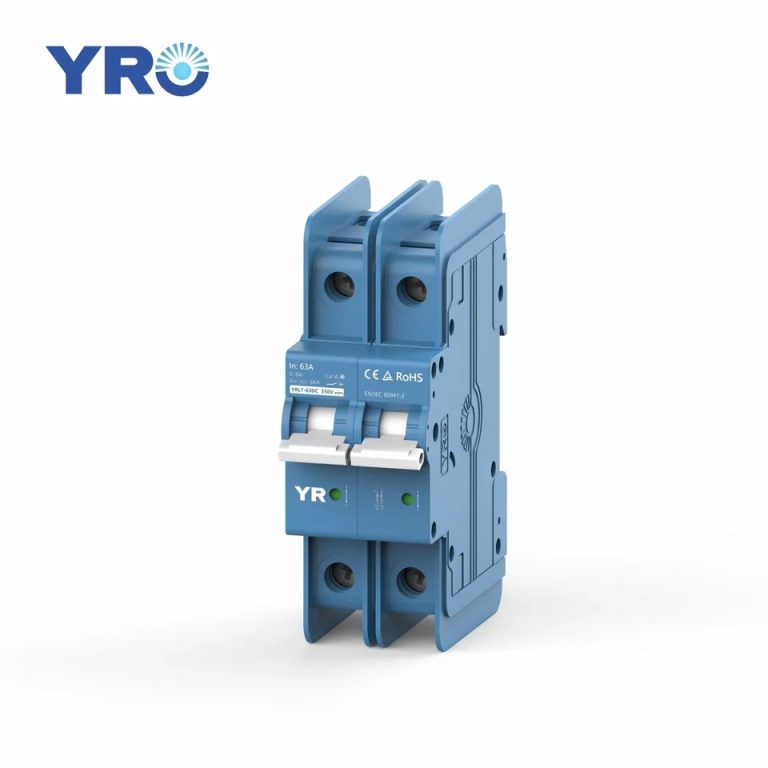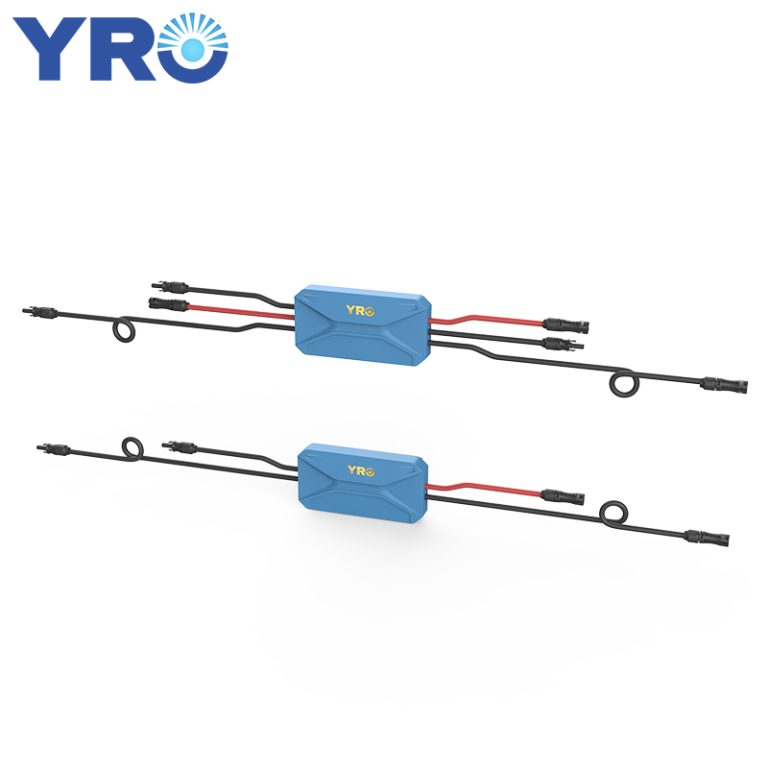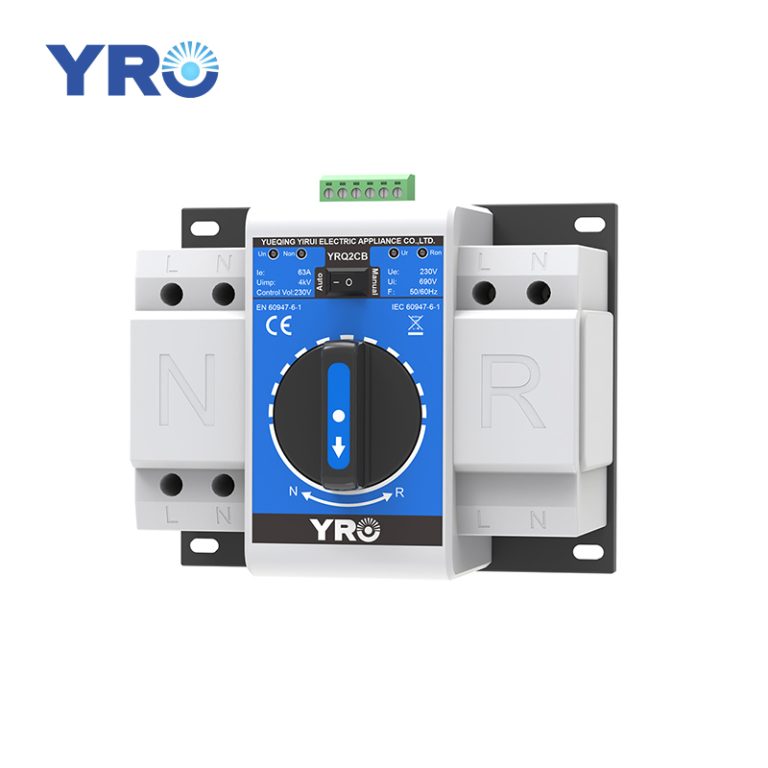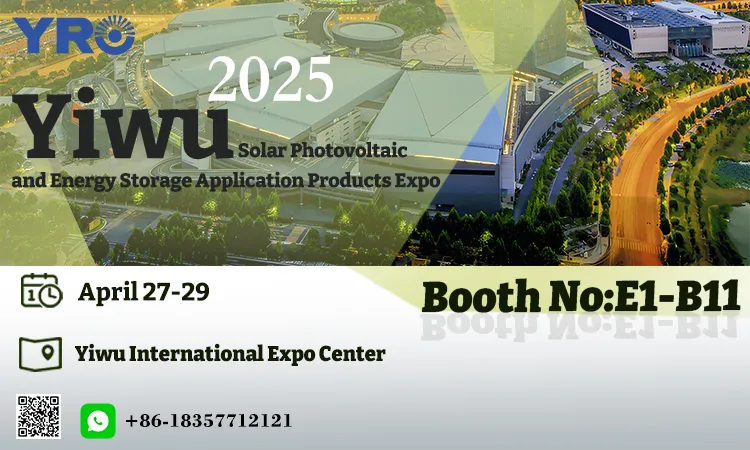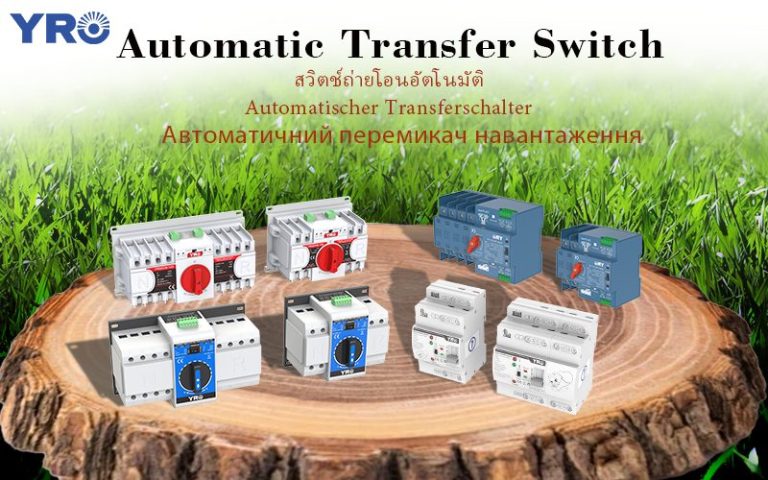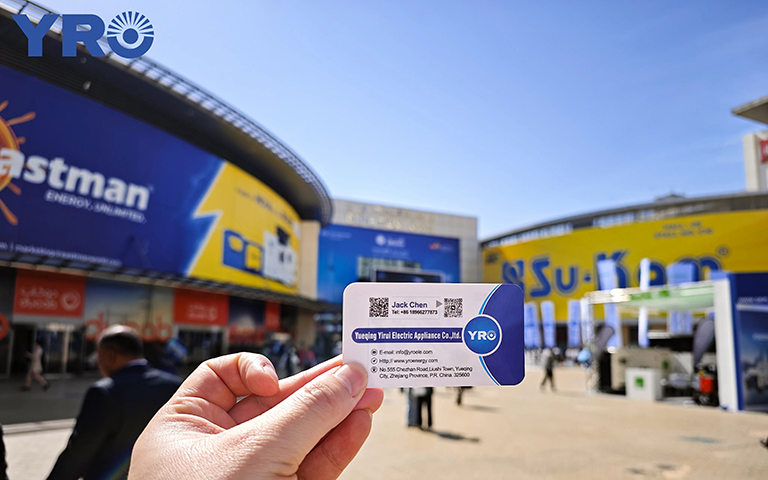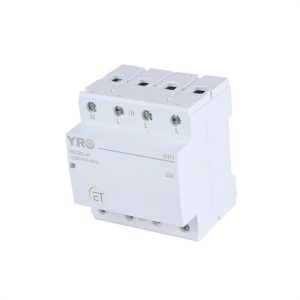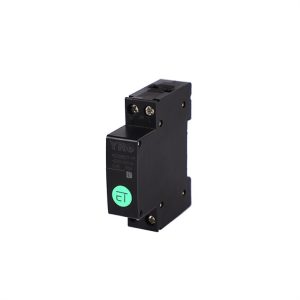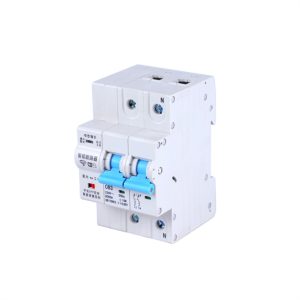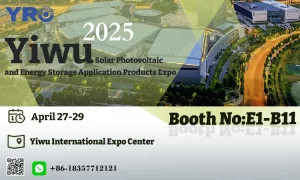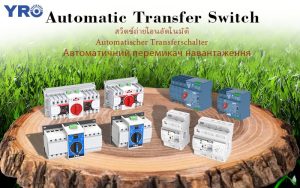If you have a solar panel system installed on your home, you may have noticed a switch box called a “Rapid Shutoff”. So, what is this Rapid Shutoff switch? Why is it critical to your PV system? In this article, we’ll explain the importance of a solar rapid shut off.
What is rapid shutdown for solar?
Solar rapid shutdown is a safety measure used to quickly cut off the current between the solar panels and the inverter in case of emergency to ensure the safety of the system and personnel. Let’s take a simple example: Let’s say you have solar panels installed on the roof of your house. On a sunny day, a fire breaks out in the house due to the aging of the panels. At this point, firefighters need to secure the scene, including cutting off all power to prevent the fire from spreading and to safeguard firefighters. If the solar panels are still working, the firefighters are at risk of electrocution, and the panels may also be in increased danger from the fire. Many people mistakenly believe that turning off the solar inverter will cut off power, but this is not the case. The solar panels are still generating electricity and there is still power in their cables, which can pose an electrocution hazard to anyone who comes into contact with the panel system.
In this case, if the panel system has a quick shutdown feature, firefighters can use this feature to quickly disconnect the solar panels from the grid or house power supply, ensuring that no current passes through the panels, so that firefighting can be done safely without worrying about electrocution or additional hazards caused by the panels

How does solar rapid shutdown work?
Solar Rapid Shutdown works by installing equipment such as circuit breakers, disconnect switches, etc. in key parts of the PV system or by adding a rapid shutdown algorithm inside the inverter. When the system fails or receives a shutdown signal, these devices or algorithms will quickly cut off the circuit so that the current drops to zero, achieving the purpose of rapid shutdown.

What is the importance of rapid shutdown?
In traditional solar PV systems, even if the main circuit breaker has been turned off, the circuits in the system may still be energized when exposed to sunlight. In this case, there is a risk of electrocution if firefighters need to disconnect the power or touch the panels.
Solar rapid shutdown technology can quickly reduce the voltage below safe levels in an emergency, typically below 30 volts, greatly reducing the risk of electrocution. Rapid shutdown systems are typically installed at multiple points in the PV array, ensuring that the voltage throughout the system is reduced to a safe level in a short period of time.
The implementation of this technology often requires compliance with local safety standards and regulations, such as the NEC (National Electrical Code) in the United States, which has specific requirements for rapid shutdown of PV systems.In 2017, the NEC expanded the meaning of rapid shutdown with new requirements based on the closeness of the PV system conductors to the PV array boundary. One such requirement is that when the PV circuit is more than 3 feet from a building entrance, the voltage must drop below 30V within 30 seconds of activating rapid shutdown.
By adopting such a safety measure, the safety of firefighters, solar panel installers and maintenance personnel is effectively protected.

At present, the rapid shutdown time on the market is generally within 1 second, and some products even realize millisecond-level rapid shutdown, which greatly improves the safety performance of PV systems. With the progress of technology, the improvement of standards and the growth of market demand, solar rapid shutdown technology will play an increasingly important role in promoting the sustainable and healthy development of the solar industry.

